When you’re rushing to work, exhausted and bleary eyed, it’s easy to be tempted inside the familiar storefront of a Starbucks. The delicious scent of fresh coffee seems to promise a convenient and much-needed energy boost.
You wouldn’t be the only one who feels this way. A Nielsen Scarborough survey in 2014 found that nearly 32 million Americans had visited a Starbucks within the last 30 days.
But, is Starbucks coffee really worth the hefty price tag (and minutes of precious time lost queuing)? Would you be better off brewing your own at home?
Let’s take an in-depth look at Starbucks coffee – nutritionally and otherwise – to see if you could do better in your own kitchen.
Calories
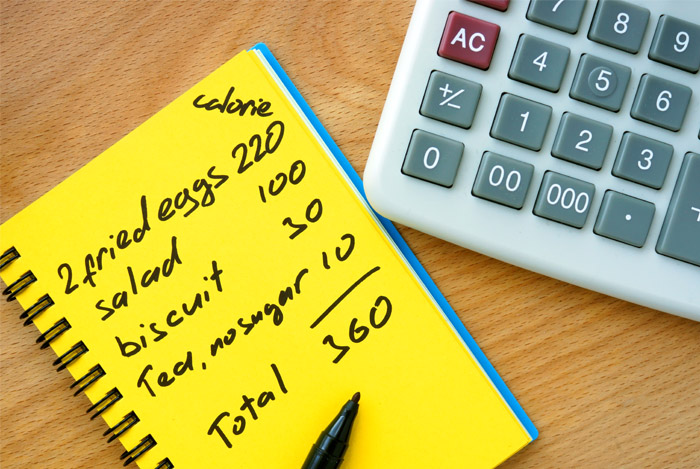 I think it’s fair to say that a lot of people don’t realize just how calorie-laden their daily caffeine fix can be.
I think it’s fair to say that a lot of people don’t realize just how calorie-laden their daily caffeine fix can be.
Take the Starbucks Grande Caffè Mocha for example. Add some whole milk and whipped cream to it and you’re looking at 400 calories per drink!
If you’re one of the loyal 20% of Starbucks’ customers that visit the store 16 times per month, then you’ll be racking up an additional 6,400 calories in that four week period.
That’s more than 76,000 extra calories a year.
If you really push the boat out and order the popular Venti Mocha Cookie Crumble Frappuccino with cream, then that’s 610 calories you’re imbibing per coffee.
To look at it another way, a McDonald’s Big Mac fares better on the calorie front at just 563 calories.
And, when you take into account that a moderately active man should have around 2,500 calories a day and a moderately active woman needs just 2,000, you can really see just how much of your daily allowance these drinks take up.
So, if you want to feed your Starbucks habit without packing on the pounds, then you’ll need to cut back on other foods throughout the day to balance things out.
However, this means you could be losing out on key nutrients from lean proteins, healthy fats, complex carbohydrates and fruits and vegetables.
Fat
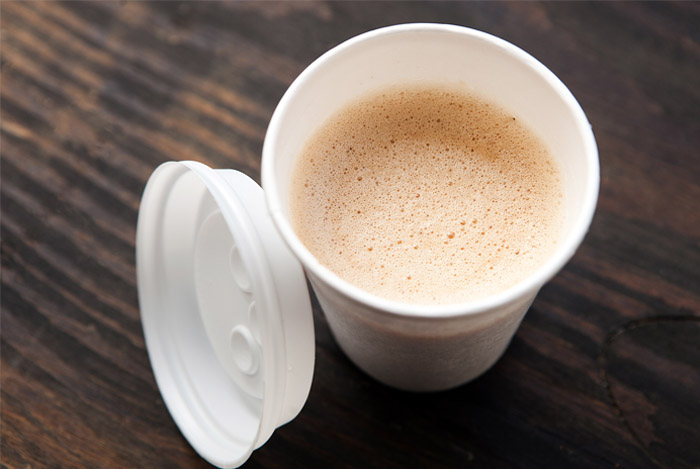 While dietary fat is vital for health, too much fat can be a very bad thing, especially when it comes to heart disease and obesity.
While dietary fat is vital for health, too much fat can be a very bad thing, especially when it comes to heart disease and obesity.
Remember that Grande Caffè Mocha I mentioned earlier? In addition to a few hundred calories, it delivers 19 grams of fat – or 29% of your recommended daily fat intake.
The Venti Mocha Cookie Crumble Frappuccino? That has 22 grams, or 34% of your maximum daily intake.
It’s not just how much fat you take in – the type of fat matters too.
In 2007 Starbucks ended their use of trans-fats in all their food and drinks in the US and Canada. Trans-fats have been linked with heart disease, diabetes, stroke and more so giving them the cut is a very good thing.
However, these drinks are still full of saturated fat – something that the American Heart Association says raises your bad cholesterol levels, increasing your risk of heart disease and stroke.
In the US, about 610,000 people die of heart disease every year, equating to 1 in every 4 deaths.
It has to be pointed out that there is a lot of debate about the role of saturated fat in heart disease, with many saying there is no link between the two.
An analysis of over 70 pieces of research studying over 600,000 people, which was published in the Annals of Internal Medicine, found that there is insufficient evidence to support the guidelines that “encourage high consumption of polyunsaturated fats and low consumption of total saturated fats”.
But even if heart disease and saturated fat aren’t related, there may be a link between obesity and saturated fat.
A 2014 study of over 2,800 people found that limiting saturated fat intake can help those whose genetic make-up increases their chance of being obese.
Given that more than 35% of US adults are obese while over 34% are overweight, limiting saturated fat in the diet is wise, especially for those genetically predisposed to obesity.
Sugar
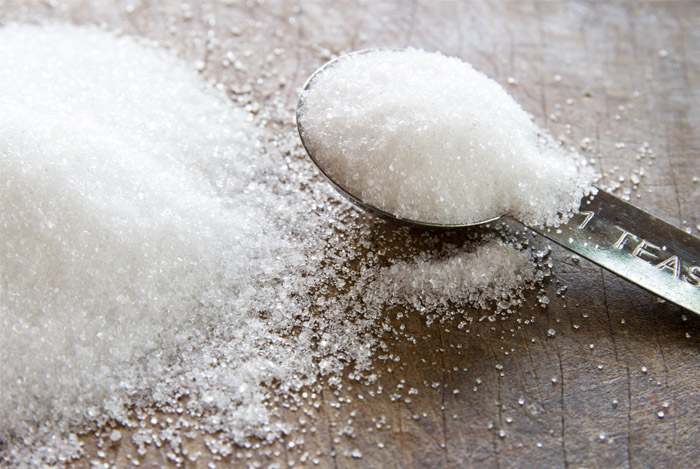 It’s no secret that sugar is just plain awful for our health. It contributes to obesity and the diabetes epidemic, and giving it up can cause some amazing things to happen.
It’s no secret that sugar is just plain awful for our health. It contributes to obesity and the diabetes epidemic, and giving it up can cause some amazing things to happen.
If you’re like the average American woman, you’re probably consuming up to 30 teaspoons of sugar per day. If you’re an average guy, that figure jumps to 45 teaspoons.
This works out around five times more than what’s recommended by experts.
But, depending on your Starbucks order and other daily meals, you could be consuming even more than that.
In a Grande Caramel Brulée Frappuccino you’re getting 65 grams of sugar – that’s over 16 teaspoons. A Venti has 21 teaspoons!
Let’s say you’re going a little healthier and opting for a Classic Chai Tea Latte – that’s still over 10 teaspoons of sugar in a Grande and over 13 in a Venti.
A 12 oz can of Coca-Cola contains slightly less than 10 teaspoons meaning, in terms of sugar content at least, it’s a better choice than some Starbucks’ drinks.
Caffeine
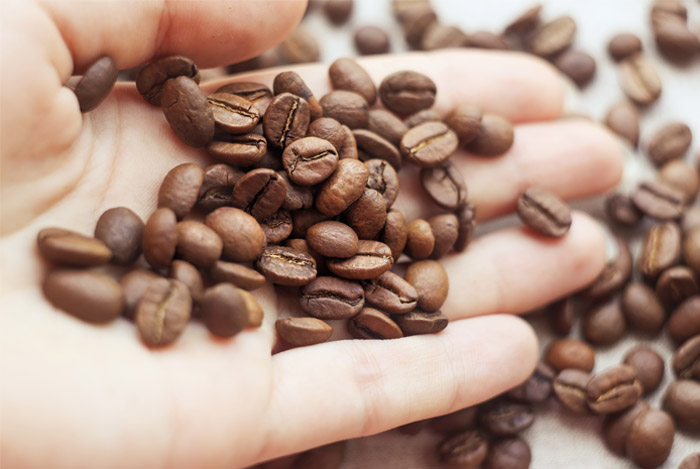 Caffeine from coffee can actually bring a surprising number of health benefits including:
Caffeine from coffee can actually bring a surprising number of health benefits including:
- Improved Cognitive Function: a 2002 study that looked at the effects of caffeinated and decaffeinated coffee on cognitive function in older adults found that caffeinated coffee was linked with better cognitive performance.
- Lower Risk of Depression: Harvard researchers found that women who drank four or more cups of caffeinated coffee a day reduced their risk of depression by 20%.
- Increased Metabolism: A study published in 1995 found that consuming caffeine led lean women to see as much as a 29% increase in their fat burning abilities, while obese women had a 10% increase.
However, caffeine can also cause a number of health issues, especially if you’re sensitive to caffeine or are simply drinking too much of the stuff.
For example, the caffeine in coffee has been found to increase the stress hormones, including cortisol.
Other studies have linked caffeine intake with disrupted sleep, daytime sleepiness and symptoms of anxiety.
Getting too much caffeine is definitely not a good thing – and it’s something that can easily happen as you innocently sip away on your daily Grande Starbucks.
In 2012, the Center for Science in the Public Interest examined caffeine levels in medium-size servings of coffee from various chains.
They found that a Pike Place Roast coffee from Starbucks had one of the highest caffeine levels – with 330 mg per Grande or 415 per Venti.
The only coffee that had more caffeine was a Dunkin’ Donuts Coffee (the equivalent of a Venti) but with an added Turbo Shot!
A McDonald’s coffee, equivalent to a Grande, had a mere 133 mg of caffeine.
To put it in perspective, one can of Red Bull energy drink contains just 80 mg of caffeine – less than a quarter of what’s in a Starbucks Grande coffee.
The Mayo Clinic recommends up to 400 mg of caffeine a day for most healthy adults which they say is the amount found in four cups of brewed coffee or 10 cans of cola.
Pesticides
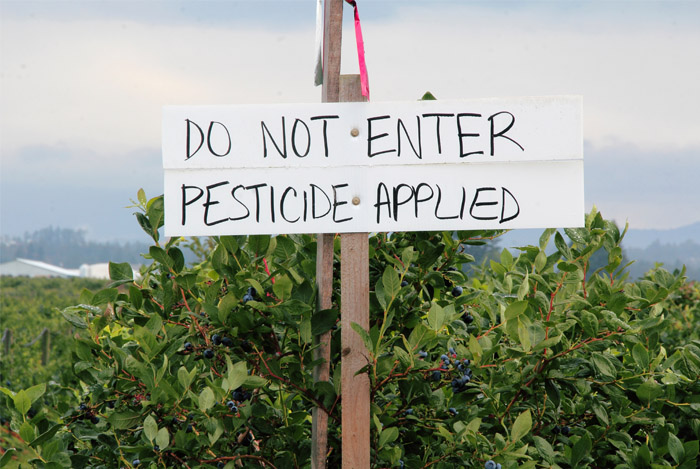 While Starbucks offers some organic coffee blends, not all of its coffee is organic. And if you don’t explicitly order an organic coffee, you can be sure you’re not getting one.
While Starbucks offers some organic coffee blends, not all of its coffee is organic. And if you don’t explicitly order an organic coffee, you can be sure you’re not getting one.
Dr. Mercola reports that conventional coffee farmers liberally apply up to 250 pounds of chemical fertilizers per acre and, as coffee is an imported good, the US do not have control over the type and quantity of pesticides used.
In 2015, the International Agency for Research on Cancer (IARC) found that a key ingredient in hundreds of crop-control agents and weed killers is a ‘probable’ carcinogen.
Many pesticides are considered neurotoxins with some studies suggesting a strong association between pesticide exposure and Parkinson’s disease.
Of course, some organic food doesn’t live up to the hype, but it’s worth always striving to eat organic where possible – something you can’t do in every Starbucks store.
Artificial Colors
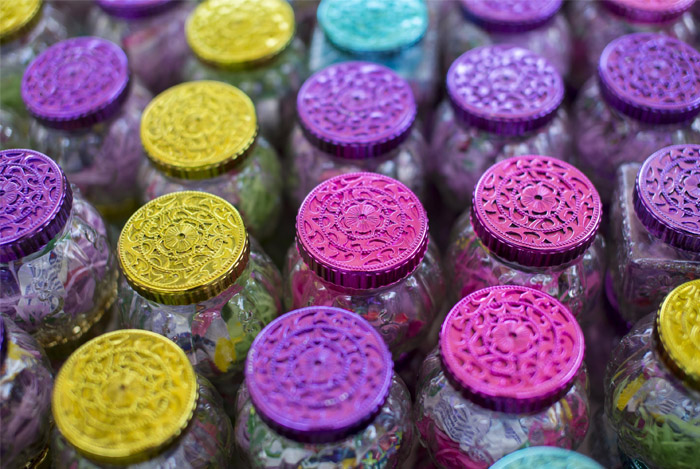 In 2014, food blogger Food Babe investigated the contents of Starbucks Fall favorite – the Pumpkin Spiced Latte.
In 2014, food blogger Food Babe investigated the contents of Starbucks Fall favorite – the Pumpkin Spiced Latte.
She called the company out on not actually having any pumpkin in the drink, as well as for the presence of a caramel coloring called 4-Mel, which is even in the whipped cream.
One year later, Fox News reported that Starbucks removed the artificial color from the Pumpkin Latte, and even added in some real pumpkin.
The caramel color, also known as ‘caramel (150d)’ is still present in some of their syrups like the Cinnamon Dolce Syrup, Gingerbread Syrup and the Caramel Syrup.
You may remember I talked about this coloring in my article ‘The 16 Hidden Secrets Nobody Tells You About Soda’ – it’s what gives cola drinks their rich brown shade.
It’s manufactured by heating ammonia and sulfites to form compounds which are known carcinogens.
Tests have shown that high doses of these compounds cause tumors on the liver, lungs and thyroid of rats and mice.
Artificial Sweeteners
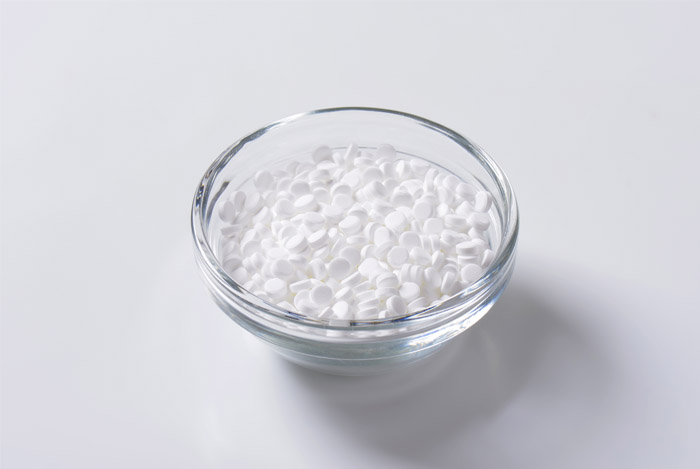 If you’ve read my article on aspartame, you’ll know how dangerous some artificial sweeteners can be.
If you’ve read my article on aspartame, you’ll know how dangerous some artificial sweeteners can be.
While Starbucks don’t seem to use aspartame in their sugar-free syrups, they do use an alternative sweetener, sucralose (sold under the brand name ‘Splenda’).
Sucralose is generally thought to be safer than aspartame, although research published in the Journal of Toxicology and Environmental Health lists several health concerns surrounding sucralose, including toxicity and heightened carcinogenic potential when used in cooking.
2008 research found it can damage the balance of bacteria in the gut – something that is vital for overall health.
Many people with diabetes turn to artificial sweeteners to curb their sweet tooth, but a study published in the journal Diabetes Care found that sucralose affects the glucose and insulin levels in obese people.
Cost
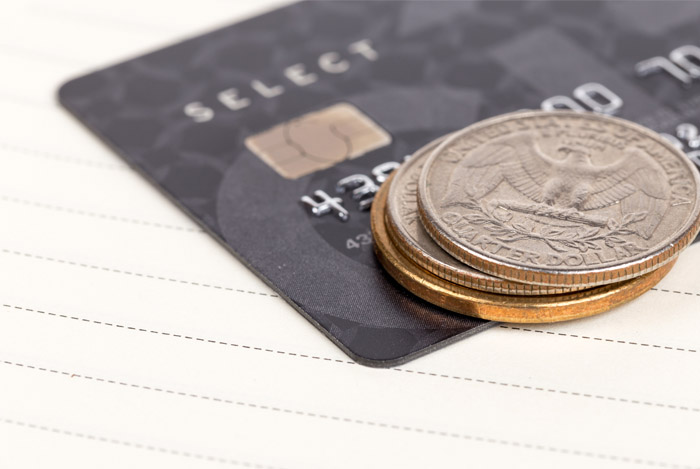 Let’s be honest, the cost of that Starbucks habit can add up pretty quickly.
Let’s be honest, the cost of that Starbucks habit can add up pretty quickly.
Market Watch has done a rough estimate of costs. They say if you drink two cups of coffee a day, you’ll spend $5 a week, or $260 annually, for quality coffee.
Two $2 cups a day at Starbucks will cost more than $1,400 per year – enough for that short holiday you’ve been dreaming about.
Environmental Impact
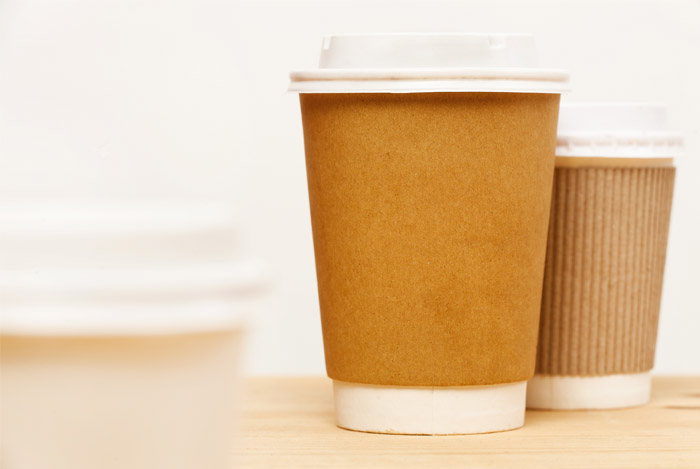 When it comes to environmental and social responsibility, Starbucks has a pretty good image.
When it comes to environmental and social responsibility, Starbucks has a pretty good image.
They aim to source 100% of their coffee ethically by the end of 2015, and to reduce water consumption in company-operated stores by 25%.
The big environmental impact of Starbucks though, is the fact that they sell 4 million disposable cups per year. And by buying your coffee in these cups every day, you’re contributing to this waste and environmental damage.
While the company has pledged to make all of their cups reusable or recyclable in the near future, Bloomberg View reports that Starbucks is falling far short of its goals on that front.
What About Home-Brewed Coffee?
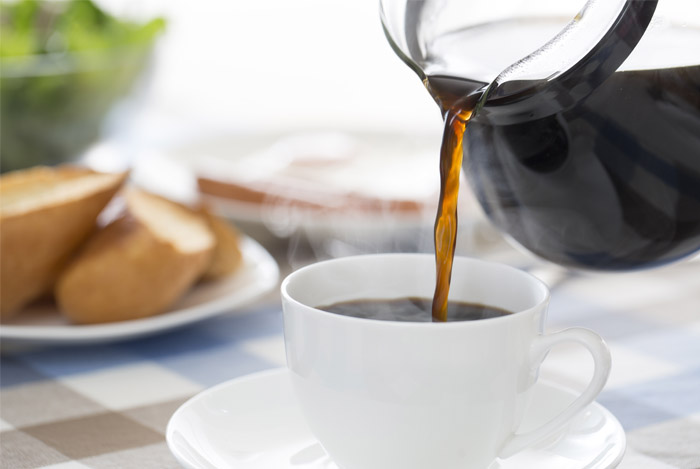 Now that we know what Starbucks’ coffees look like in terms of calories, fat, sugar, caffeine and other ingredients, let’s see how a home-brewed coffee compares.
Now that we know what Starbucks’ coffees look like in terms of calories, fat, sugar, caffeine and other ingredients, let’s see how a home-brewed coffee compares.
At around 2 calories per cup, black coffee is virtually calorie-free. Even if you add a splash of unsweetened almond milk or other non-dairy milk, you’ll still only be taking in around 5 calories!
It’s also fat free and sugar free.
By choosing organic coffee, you’ll also be doing the best you can to avoid pesticides. And unless you add your own syrups or artificial sweeteners you can be sure you’re not getting any other questionable additives in your brew.
While caffeine content varies based on blend, a cup of brewed coffee usually contains around 100 mg. If you pour yourself a Grande-sized serving, you’re looking at 200 mg…much less than Starbucks 330 mg of caffeine.
Of course, by taking the time to make your own coffee, you’ll be helping your bank balance and the environment, in addition to your health.
Final Thoughts
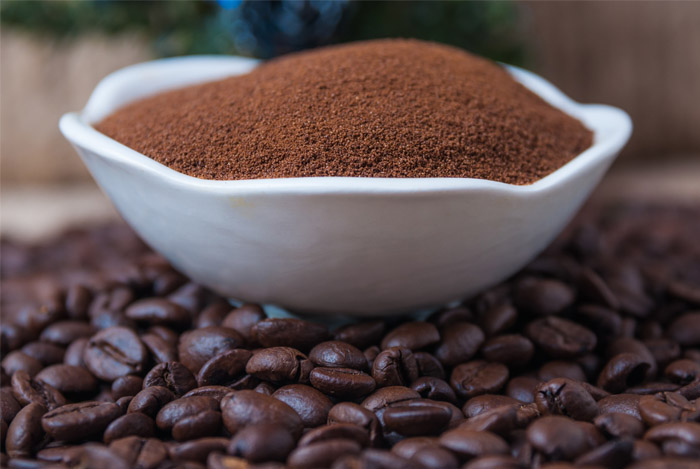 Brewing your own cup of coffee at home is undoubtedly better for your body than a sugar-laden, creamy coffee from Starbucks.
Brewing your own cup of coffee at home is undoubtedly better for your body than a sugar-laden, creamy coffee from Starbucks.
But if you prefer the convenience of Starbucks – or the taste – then you can still enjoy a java served up to you.
Just stick to a freshly brewed black coffee without syrups, sugar or whipped cream – it’s nutritionally equivalent to one you would create at home.
Do you ever go to Starbucks? Are you shocked by the calories in some of their coffees?
The post Why You Should Make Your Own Coffee Instead of Buying From Starbucks appeared first on Nutrition Secrets.
http://www.nutritionsecrets.com/why-you-should-make-your-own-coffee-instead-of-buying-from-starbucks/
No comments:
Post a Comment